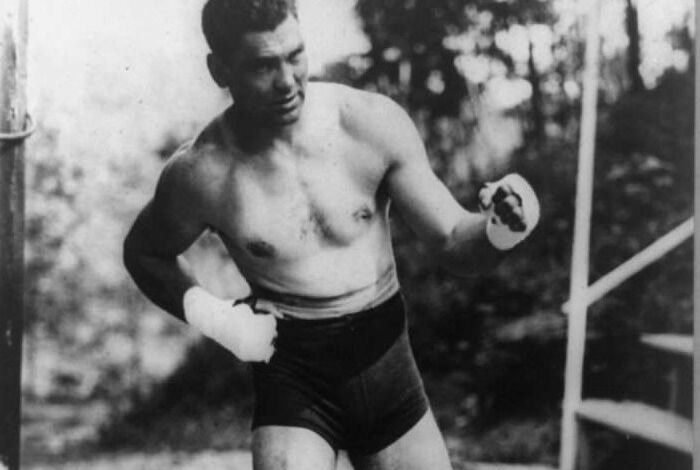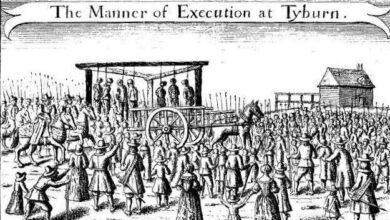The Day Lake George Nearly Knocked Out Jack Dempsey


 Jack Dempsey (1895–1983) was known as “The Manassa Mauler,” named after the Colorado town where he was born.
Jack Dempsey (1895–1983) was known as “The Manassa Mauler,” named after the Colorado town where he was born.
Dempsey was boxing’s heavyweight champion of the world from 1919–1926. However, on July 12, 1927, the tough pugilist was floored by an unlikely foe, the waters of Lake George, New York.
The International Boxing Hall of Fame described Dempsey as “an unrelenting and remorseless warrior” who fought out of a low crouch, bobbing, and boxing. According to the Hall of Fame, Dempsey had a professional boxing record of 81 bouts with 61 wins (50 KOs), 6 losses, 8 draws, and 6 no decisions.
He won the heavyweight title on July 4, 1919 defeating world champion Jess Willard (1881-1968). The bigger Willard could not come out for the fourth round after being knocked down seven times in the first round by the raging challenger.
The 187-pound Dempsey successfully defended his title six times before losing the crown to ex-Marine, Gene Tunney (1897-1978), in 1926.

 On July 12, 1927, a couple of weeks before fighting Jack Sharkey (1902-1994), Dempsey traveled to Hague, in Warren County, NY, for the Lake George Swimming Marathon. Dempsey had come by automobile to the Village of Lake George from Saratoga Lake where he was training.
On July 12, 1927, a couple of weeks before fighting Jack Sharkey (1902-1994), Dempsey traveled to Hague, in Warren County, NY, for the Lake George Swimming Marathon. Dempsey had come by automobile to the Village of Lake George from Saratoga Lake where he was training.
From the south end of Lake George he took a steamboat to Hague. Dempsey helped start the 24-mile-long Lake George Swimming Marathon that began at Hague and ended at the Village of Lake George.
When Dempsey departed the steamboat in Hague, a crowd of eager onlookers rushed onto the wharf to greet the popular ex-champ. Unexpectedly, the flooring of the wharf collapsed from the weight of the bystanders, sending about 100 people into the shallows.
Dempsey and his manager disappeared into the lake, but the pair quickly surfaced. The boxer pulled himself and a woman from the waterway, but his dashing gray suit and white shoes were soaked. Fortunately, no one was seriously hurt.
Later in July 1927, Dempsey knocked out future champion, Jack Sharkey, to set up a second title fight with Tunney.
Two months later, nearly 105,000 people attended the much-anticipated rematch between Dempsey and Tunney at Soldier Field in Chicago. The bout is considered to be the greatest boxing match of all time.
Dempsey knocked Tunney down, but since The Manassa Mauler did not retreat to the neutral corner, the referee waited to start the knockout count.
Tunney was down at least 14 seconds. That gave Tunney time to regroup when he probably should have been counted out. Tunney won the fight by a decision and Dempsey retired from boxing.
Dempsey went on to have an illustrious career as a celebrity. He was featured at sporting events and even appeared in movies. Dempsey also owned a famous restaurant in New York City. During World War Two (1941–1945), he served in the Coast Guard.
Jack Dempsey, said to have been the greatest boxer of the first half of the 20th century, died of heart failure in 1983 at the age of 87.
Sports columnist Red Smith wrote an obituary for the New York Times and called Dempsey “the best of pugilists.”
Ironically, on July 12, 1927, two months before his most famous fight, “The Battle of the Long Count,” Jack Dempsey dodged one of his toughest opponents, the intrepid waters of Lake George.
Read more New York State boxing history.
Illustrations, from above: Jack Dempsey (Library of Congress); and Dempsey on the front cover of TIME –The Weekly News Magazine, September 10, 1923.
Source link





